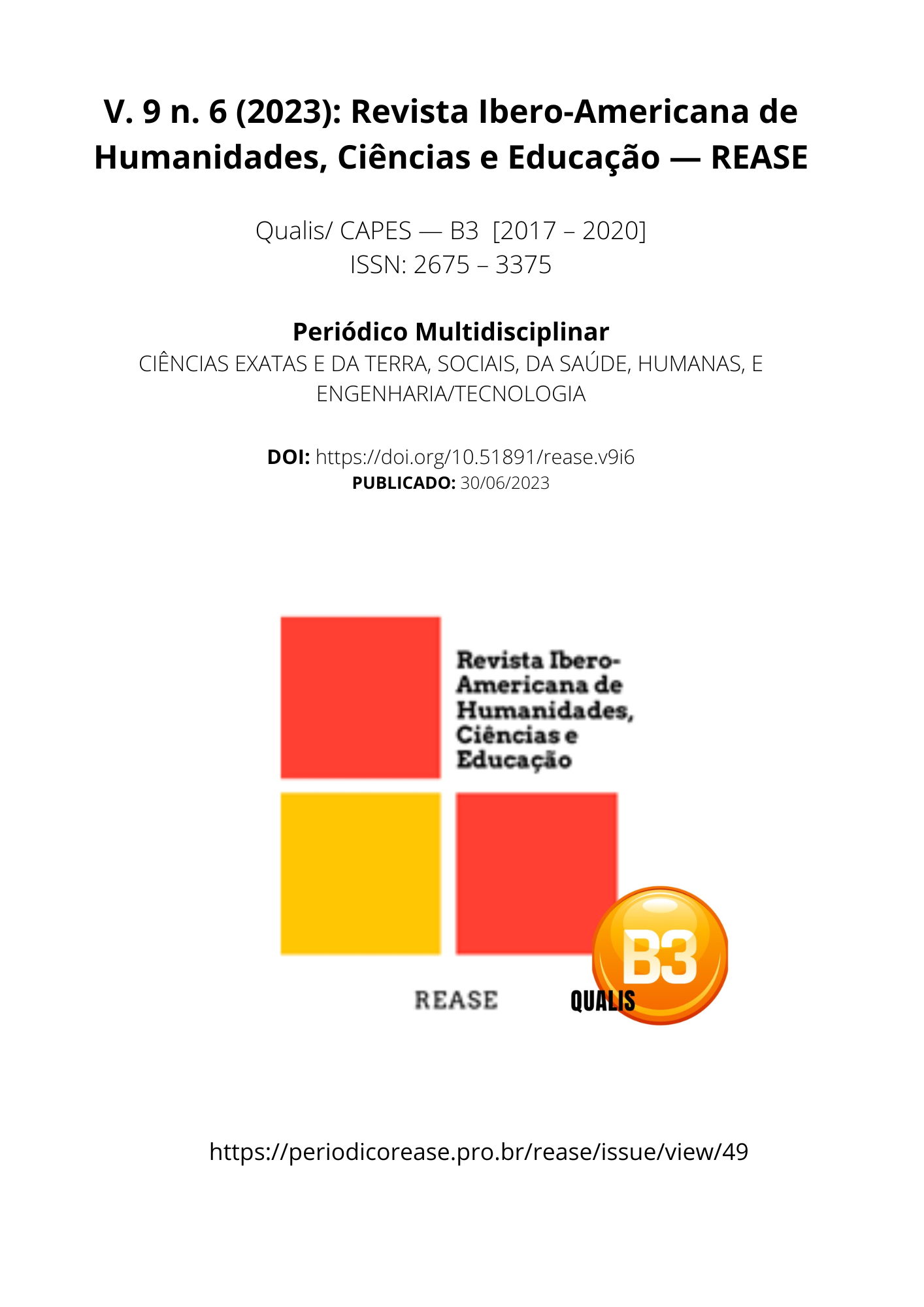EFFECTS OF STRENGTH TRAINING, AEROBIC AND CONCURRENT ON MUSCLE STRENGTH AND BODY COMPOSITION
DOI:
https://doi.org/10.51891/rease.v9i6.10476Keywords:
Body composition. Hypertrophy. Physical training.Abstract
Objective: To compare the changes generated by strength, aerobic and concurrent training in men and women in body composition and also in muscle strength, whether these individuals are beginners in training or not. Methods: This study is an integrative review and used review and experimental articles. These were chosen by theme and content. Articles that did not fit the proposed theme were excluded, either because they did not address any of the trainings mentioned or/and because they were not related to any other variable addressed here. Results: Based on the articles presented here, it can be seen that all the training discussed here are effective in changing body composition, and that strength and concurrent training are also effective in positively changing muscle strength. Final considerations: It is considered that strength and concurrent training are more effective in significantly altering fat mass and fat percentage than aerobic training, and strength training is more efficient in improving strength and hypertrophy than other training.
Downloads
Downloads
Published
How to Cite
Issue
Section
Categories
License
Atribuição CC BY

